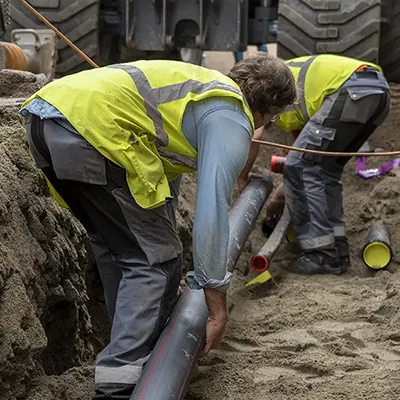State Decision Makers
State Champions Leading the Charge
When state champions take charge they can pave the way for real progress in replacing lead pipes, ensuring safer drinking water for the communities they serve. State decision makers play a crucial role in setting the laws, regulations, and budgets that enable faster lead pipe replacement to safeguard public health.

5 Key Principles for State Decision Makers to Act on Lead Pipe Replacement
Five key principles can determine the success of any lead service line replacement program. Each offers actions, tools, and resources to support utilities at any stage. Securing funding and removing barriers can help accelerate replacements and ensure safe, reliable and affordable water for all.
Get started by exploring each of these principles:
Check out our Lead Pipes 101
Learn more about lead in drinking water, including its negative impacts and practical solutions to get the lead out
Did you know?
No amount of lead is safe
Even at low exposure, lead can harm brain development in children, leading to:
- Lower IQ
- Reading and learning disabilities
- Shortened attention spans
- Behavioral issues
Replacing lead pipes helps avoid costly public health crises
Proactively replacing lead service lines prevents expensive crisis responses, like bottled water distribution, emergency communications, lawsuits, and lost public trust.
There’s a federal 10-year mandate to replace lead pipes
The US EPA’s Lead and Copper Rule requires all lead pipes to be replaced within a decade. Has your community started?
9.2 million lead pipes are still in use
Millions of homes still get water through toxic lead pipes. Replacing them is essential to ensure safe drinking water and protect public health.
Replacing lead pipes creates job opportunities
Lead pipe replacement creates immediate opportunities for plumbers and contractors, strengthening the local workforce with steady, shovel-ready work.
Replacing lead pipes saves billions in water loss
Aging lead pipes leak. Replacing these leaky pipes saves billions by preventing water losses and reducing maintenance, as demonstrated by an Ohio Environmental Council analysis that found the state could save up to $82 billion by replacing all lead pipes in 15 years.




